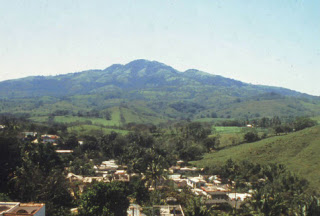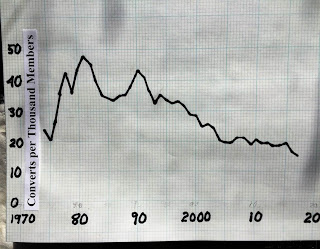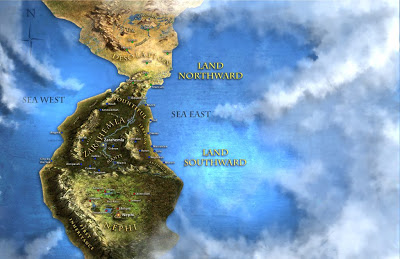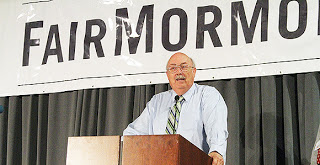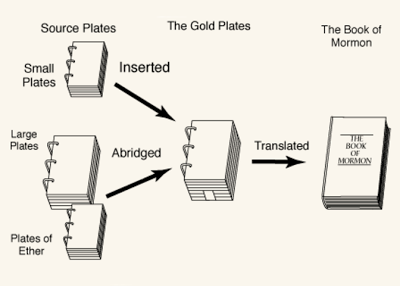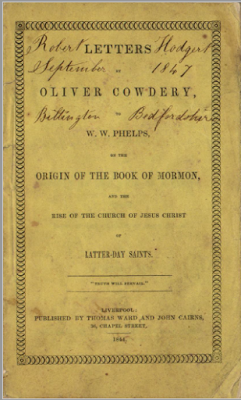The missionaries are defenseless – Part 3c – DNA and evolution
Gospel Topics DNA essay – Part 3c – DNA and evolution
DNA Statement by Book of Mormon Archaeology Forum
Please, don’t fall for the DNA “evidence” being promoted by some members of the Church. We believe in the Book of Mormon with all our being, [as a Mesoamerican codex] but we also believe when we use science to prove something, then we should consult the experts and follow basic scientific methods. [This is a clever straw man fallacy. No one involved here is using DNA science to proveanything, but as we’ll see, the DNA evidence may corroborate the Book of Mormon narrative—just not in Mesoamerica, which is why BMAF wrote this statement.]
The Church (approved by the First Presidency on LDS.org) has just released a statement about using DNA to promote a Book of Mormon agenda:
“Much as critics and defenders of the Book of Mormon would like to use DNA studies to support their views, [notice, the actual essay refers to support, not proof] the evidence is simply inconclusive. Nothing is known about the DNA of Book of Mormon peoples. [As I mentioned before, I think it’s safe to say we know Lehi’s people were of Hebrew descent and came from Jerusalem, which narrows down the possibilities from the entire universe of DNA to a fairly small subset of DNA possibilities, which is not “nothing.” A better phrase might be “Little is known.”] Even if such information were known, processes such as population bottleneck, genetic drift, and post-Columbian immigration from West Eurasia make it unlikely that their DNA could be detected today. [The “unlikely” characterization is based on the undisclosed Mesoamerican assumption that Lehi’s people were all absorbed into a much larger Mayan culture. This is why it is so telling that the essay never even quotes from the scriptures, except in footnoted materials written to support the Mesoamerican theory.] https://www.lds.org/topics/book-of-mormon-and-dna-studies?lang=eng.”
Book of Mormon and DNA Studies
www.lds.org
From Ugo Perego, PhD
There is a video circulating widely on the internet about NEW INCREDIBLE DNA EVIDENCE in favor of the Book of Mormon. I want everyone to know that I do not support the views presented in this video (here is the link on youtube https://www.youtube.com/watch?v=mADM3RYKl5Y&feature=youtu.be).
I personally believe the Book of Mormon to be sacred scripture, but not based on genetic evidence. [Which is also undoubtedly true of everyone who believes the Book of Mormon to be sacred scripture; i.e., no one has a testimony based on genetic evidence.]
Source: Book of Mormon Wars
